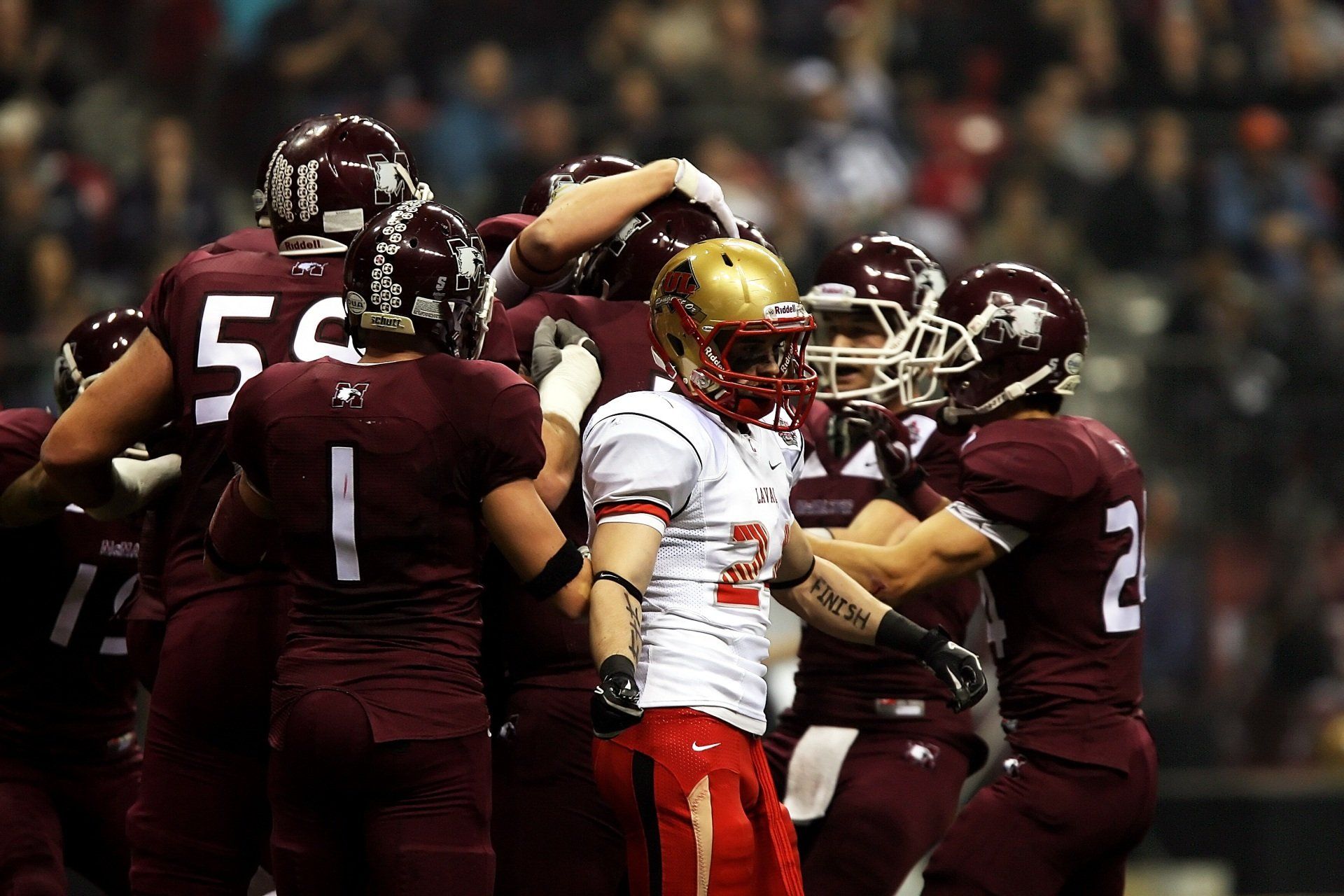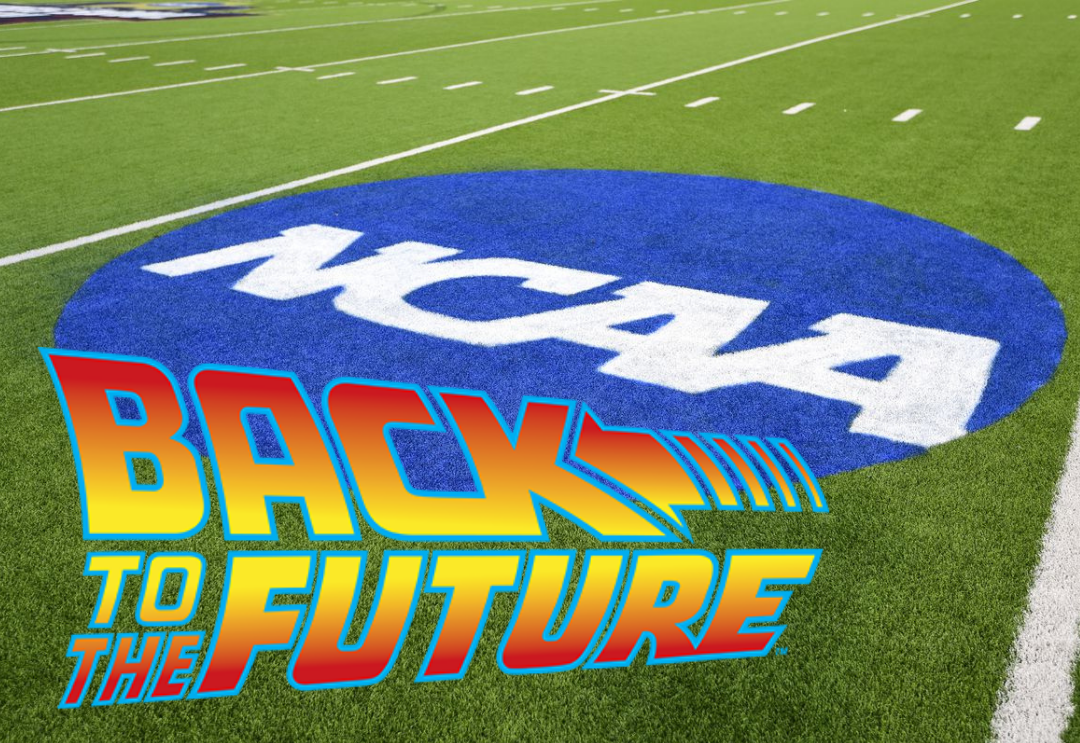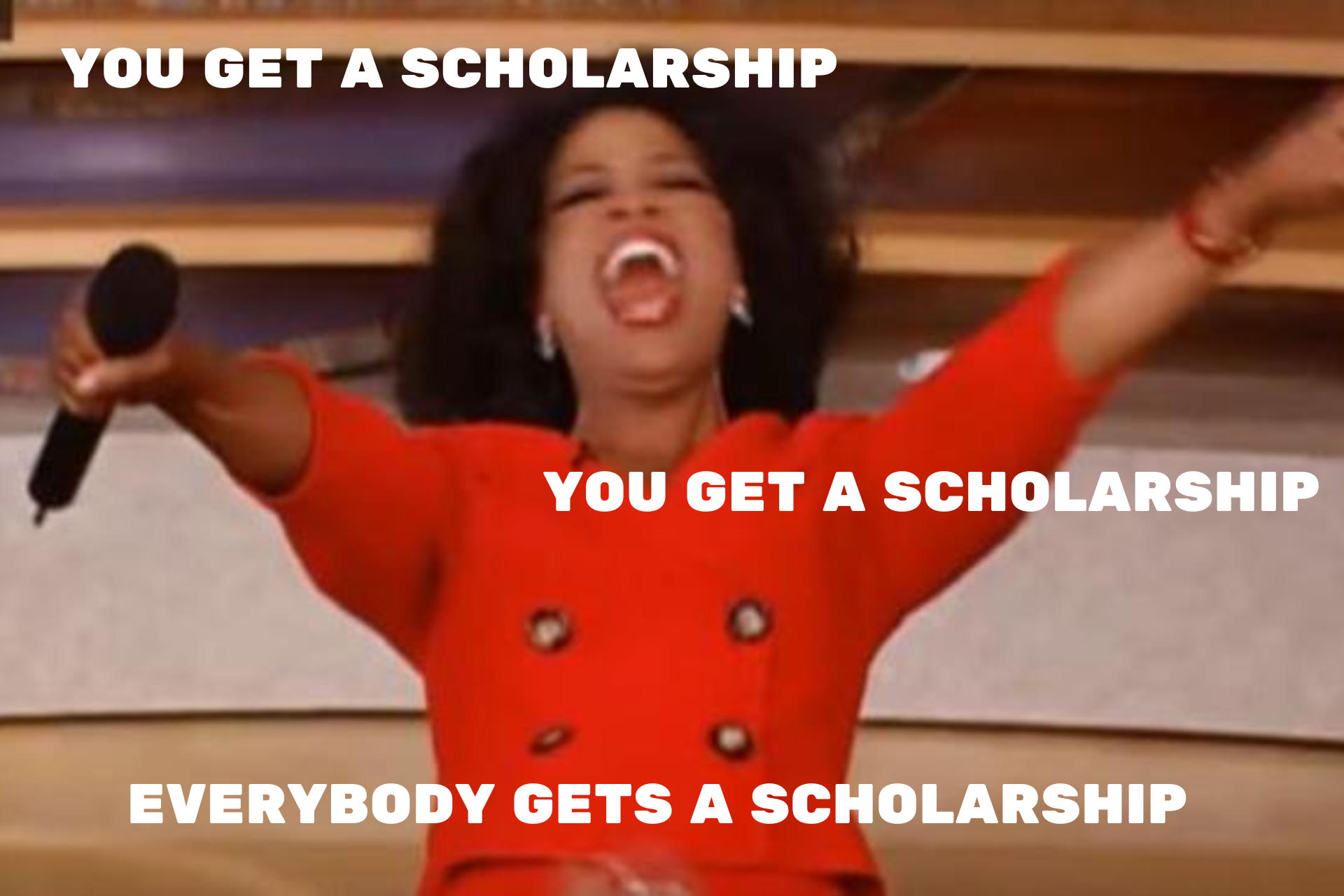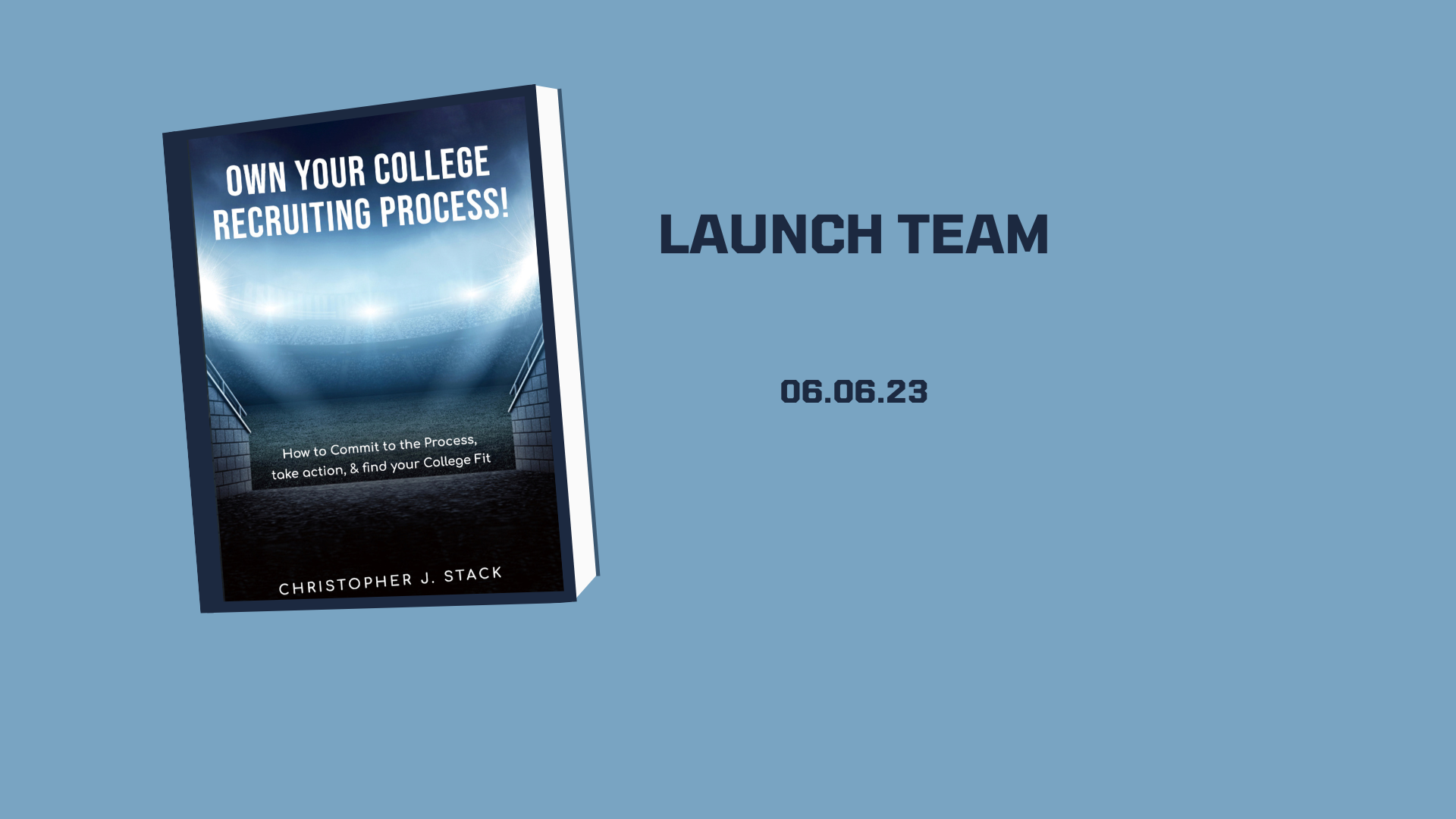Embracing the Journey: Redefining Success in College Recruiting for Student-Athletes
Redefining Success in College Recruiting for Student-Athletes

In the competitive world of college sports, the journey from high school athlete to collegiate player is filled with challenges, excitement, and opportunities. There exists a pervasive narrative that success is solely defined by securing a Division I (DI) scholarship. Countless headlines, conversations, and social media posts celebrate the few who achieve this prestigious status, often overshadowing the accomplishments of the vast majority of student-athletes. However, it's time to challenge this narrative and celebrate the multitude of opportunities available to student-athletes beyond the DI level. Let's explore why every college opportunity should be celebrated and how we can shift the narrative surrounding student-athlete success.
The Reality of College Recruiting:
With over 8 million high school student-athletes vying for a limited number of spots on college teams, the road to collegiate athletics is undeniably tough. Statistics reveal that only 7% of high school athletes make it to any college level, highlighting the fierce competition and selectivity of the recruiting process. Student-athletes pour their hearts and souls into their sport, balancing rigorous training schedules with academic responsibilities in pursuit of their dreams.
The Value of Making It to Any College Level:
Earning a spot on a college sports team, regardless of the division, is a remarkable achievement that deserves recognition and celebration. Playing college sports offers student-athletes a unique opportunity to continue doing what they love while building an educational foundation for their future. They also will develop essential life skills such as discipline, resilience, teamwork, and time management. The lessons learned on the field extend far beyond the game itself, shaping individuals into well-rounded, confident, and determined individuals.
Instead of framing the college recruiting process as a quest for the elusive DI scholarship, let's shift the focus to celebrating the journey of all student-athletes. Each individual who commits to playing sports in college deserves recognition and admiration for their dedication, hard work, and perseverance.
Combatting the Idea of "Settling
The notion of "settling" for a Division 2 or any college opportunity should be re-framed as a positive and empowering choice. We need to focus on each student-athlete uncovering the best fit for them, academically, athletically, and personally. Each college level offers its own set of challenges, opportunities, and experiences that contribute to a student-athlete's growth and development. Rather than viewing it as settling, we should commend student-athletes for their hard work, dedication, and commitment to their sport, regardless of the division they compete in.
Moreover, let's acknowledge the diverse array of opportunities available beyond the DI level. Division II, Division III, NAIA, and junior colleges offer competitive athletic programs that provide student-athletes with exceptional experiences and pathways to success. These institutions prioritize the holistic development of student-athletes, emphasizing the importance of academics, personal growth, and community engagement.
Changing the Narrative:
To shift the conversation around college sports and the recruiting process, we must celebrate the journey of every student-athlete, regardless of the outcome. Parents, coaches, and mentors play a crucial role in supporting student-athletes and fostering a positive environment that values effort, perseverance, and passion for the game. By emphasizing the intrinsic rewards of playing college sports and encouraging a mindset of growth and appreciation, we can empower student-athletes to embrace their accomplishments and take pride in their achievements. Let's celebrate every opportunity to continue playing sports at the collegiate level. Let's honor the dedication and passion of these individuals and recognize that their impact extends far beyond the confines of the playing field.
As we reflect on the college recruiting process for student-athletes, let us remember that success is not defined by the division or level at which one competes, but by the dedication, determination, and spirit of the individual. Every college opportunity is a testament to the hard work and resilience of student-athletes, and it should be celebrated as such. By redefining success in college sports and promoting a culture of positivity and support, we can inspire the next generation of athletes to embrace the journey, chase their dreams, and find fulfillment in every step of their athletic career.



STAY CONNECTED
Thank you for contacting Guiding Future Stars.
We will get back to you as soon as possible, if you have not heard back from us within 24 to 48 hours please contact us at: 301-219-9011
Please try again later
Guiding Future Stars | All Rights Reserved
Privacy Policy






